The U.S. Air Force Research Laboratory (AFRL) has selected BAE Systems to continue development of the Battlefield Assisted Trauma Distributed Operations Kit (BATDOK) under a new programme titled Force Optimization through Rapid-prototyping, Gear Enhancements and Innovative Technology (FORGE-IT).
BATDOK is a mobile application developed by AFRL with BAE Systems’ support. It is designed to electronically record injuries and treatments from the point of injury through recovery, aiming to replace traditional paper-based methods used in battlefield environments.
The system is intended to improve continuity of care by ensuring that field treatment information is transferred accurately to follow-on medical teams.
The FORGE-IT programme will build on BATDOK by integrating artificial intelligence to enhance clinical decision-making and remote patient monitoring in operational settings. It is intended to support U.S. military medical personnel working in austere or high-threat conditions.
Both BATDOK and FORGE-IT are expected to be integrated into the Department of Defense’s Joint Operational Medicine Information Systems (JOMIS) platform, which provides health information infrastructure across deployed and home-station medical care environments.
The AFRL’s collaboration with BAE Systems forms part of broader efforts to modernise combat casualty care through digital tools that can operate reliably in contested or disconnected environments.




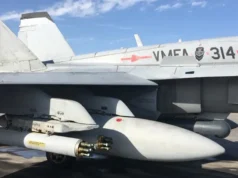


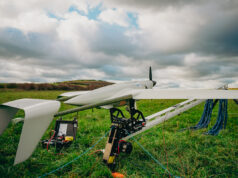


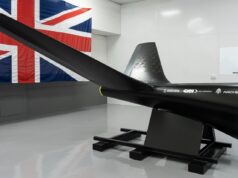
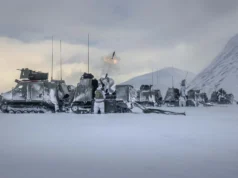
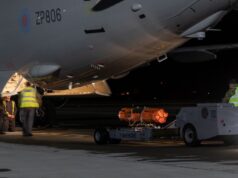

Only an Airforce could think this was a good idea (I wish).
Another device to keep charged. To operate when it’s covered in blood and dust. It’ll have to connect to…. what? Will the GSM network be used? Will it link into comms? Will every soldier be emitting on the EW spectrum when they’re injured? Or will we need to f*ck about trying to blue tooth this thing onto a MERT teams device at the point of hand over instead of handing a piece of paper and a quick verbal description?
From what I can gather it will be an app for an existing device, could use verbal input instead of trying to swipe the screen etc and if it can be put in offline mode it won’t take up bandwidth or emit signals unless strictly required.
Of course, I don’t know if that is how the are GOING to design this, but it is how they could potentially resolve those issues.
Voice doesn’t make it better. Try getting text-to-speech to work in a setting where people are screaming, and IDF is being called in. If it’s in offline mode, it is no more useful than paper and pencil, just harder to use and you have to worry about battery charge.
I wonder if HM Coastguard could utilise this ryoe of app, certainly the amount of information you have to record on different pages with your smudgeable chinagraph can be challenging as well as skimming through treatment cards at the same time to deal with the casualty.
For the coast guard I agree, a similar system exists for the NHS now. But there’s a difference between a medical professional on board a ship handing over a casualty handing over the casualty to the NHS, and a soldier in a CEP throwing a piece of paper with an ATMIST scribbled on it at a CMT who just wants to get on the move before the drone threat materialises.
Surely we have Trek style Medical Tricorders by now?
What’s the hold-up?